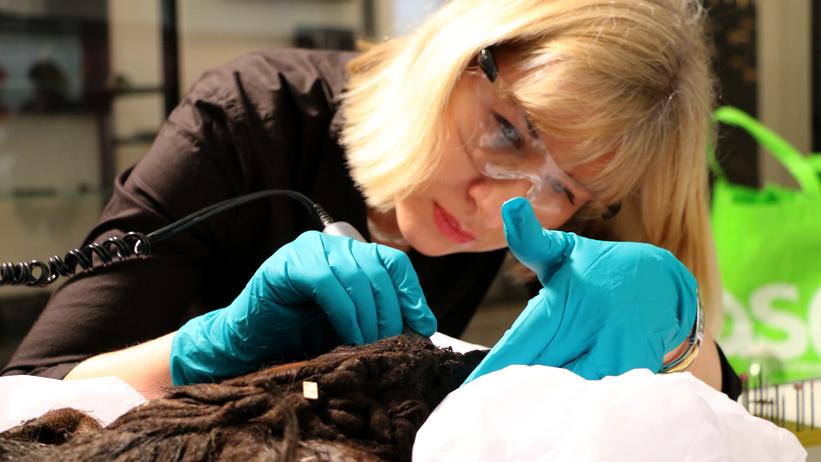
About the project
The Bronze Age, often referred as “The First Golden Age of Europe” was a period of technical innovation, social transformation and transmission of knowledge which was highly stimulated by long distance connections. The Nordic Bronze Age (1.700 – 500 BC) has left us with clear and easily recognizable cultural remains in the everyday landscape, including numerous burial mounds, votive depositions and rock carvings. In addition to these impressive cultural remnants, Denmark also possesses a unique collection of exceptionally well-preserved human remains: the well-known oak-coffin people. These individuals (both male and female) represent the elite of a crucial prehistoric period during which today’s society started to take shape. Due to its importance, the Bronze Age has been extensively investigated. However, there are still many key questions that remain unanswered. Some of those questions center around long-distance exchange and degrees of ancient mobility as integral themes to creating an understanding of Bronze Age society. While the presence of exotic artifacts across Northern Europe indicates extensive connections with distant areas, scholars do not know whether those exotic objects were been traded from neighboring chiefdom to neighboring chiefdom (low mobility) or whether they were transported by individuals who traced long trajectories across the continent (high mobility).
The project is interdisciplinary and applies biogeochemical, biomolecular, anthropological and archaeological investigations of human remains. The results of the scientific analyses are combined and integrated with the archaeological evidence, thereby providing a more detailed and contextualized knowledge of mobility (or lack thereof) and trade as a potential driving force for change in Bronze Age society.
